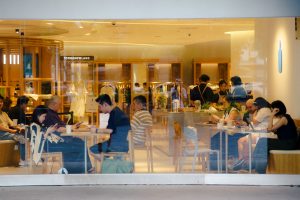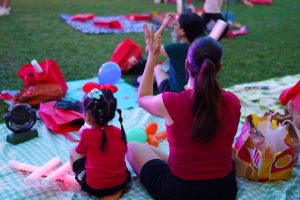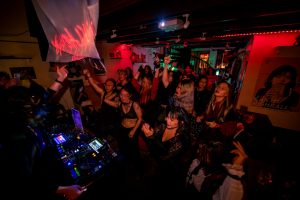Top image: Benjamin Tan / RICE file photo
This story is part of RICE Media’s Storytellers initiative, a mentorship programme for budding content creators to learn about the art of creative non-fiction.
“I thought that I wasn’t good enough for the world. I wasn’t good enough to even be mentioned,” Jason says. It hurts to hear. It’s also enraging.
Jason is a 24-year-old student and alumnus of a co-ed public Catholic school. He is one of many LGBTQ+ Singaporean youth who feel that the local sex education curriculum failed them.
ADVERTISEMENT
“It made me feel like I wasn’t important,” Jason tells me with a slight hitch in his voice.
For what is meant to be a second home for students, schools often end up being an alienating space for LGBTQ+ youth.
Throughout their formative primary and secondary school years, queerness has often been shunned, ignored, and always taboo, they say.
For some educational institutions, it feels intentional. For others, it appears to be a general lack of trying.
Making Queer Folk Invisible
Sex education, as most of us remember it, was just that one or two classes where you’re shown pictures of infection-ridden genitalia to dissuade you from coitus.
And if you were to engage in it, you better be (1) married, (2) using protection, and (3) doing it with the opposite sex. Sex education being life-affirming or, at the very least, useful for queer students, seems like a foreign concept in Singapore. Gen Zs in Singapore believe it shouldn’t be.
20-year-old student and freelance writer Rachel tells me that in her experience, sex education in her girls’ school was taught from a textbook and had no room for discussion.
“Don’t get pregnant. Don’t get into relationships. Abstain.” These were the main themes of the curriculum, she recalls.

With regards to education on LGBTQ+ matters, the only mention of it was that even though some people have preferences for other genders, it’s only “natural” between a guy and a girl, says Rachel.
This only caused her to struggle to come to terms with her own sexual identity. “It was definitely a confusing time. There were hostile undertones… It made me demonise myself.”
Being a teenager is difficult. You’re going through puberty, school is getting harder, your emotions are more volatile, and you’re beginning to struggle with figuring out who exactly you are and who you want to be. For queer teens, wrestling with their identity adds another complex layer.
So when this manufactured distinction between natural and unnatural is being taught to LGBTQ+ students during an important, developmental stage in their lives, schools are directly contributing to the poor mental health levels of many of them. As if being a young person isn’t hard enough already.
I ask Jason whether queerness was ever brought up during sex education at his school.
ADVERTISEMENT
“Once. It was mentioned once. It was in a very touch-and-go kind of way; there was no depth to it. It was a bit like ‘This exists, next.’”
Other queer students agree: The topic gets a mere obligatory mention, if any.
One thing is pretty clear—the existence of queer individuals is regularly erased in local school curriculums. On the off chance it is mentioned, it’s more often than not painted in a less-than-positive light.

Let’s Talk About Sex
The local sex education curriculum covers topics such as the biological changes that come with puberty, the (supposed) importance of abstinence until marriage, the harms of consuming pornography and, of course, safe and consensual heterosexual sex.
As reluctant and awkward as teachers may be to discuss the details of the act of sex, queer or otherwise, it is an essential topic. Teenagers are going to have sex if they are curious enough, whether school administrations like it or not. As such, the curriculum makes sense—students need to know how to go about it in a safe way whilst practising consent if they are to do it at all.
But with regards to queer sex and relationships? Nothing.
“It’s very directed to straight couples only. They never talked about anal. It was just about very traditional vaginal sex, and that’s it,” Sarah, a recent secondary school graduate, remarks.
“I don’t even think they said anything about washing your hands before touching each other.”
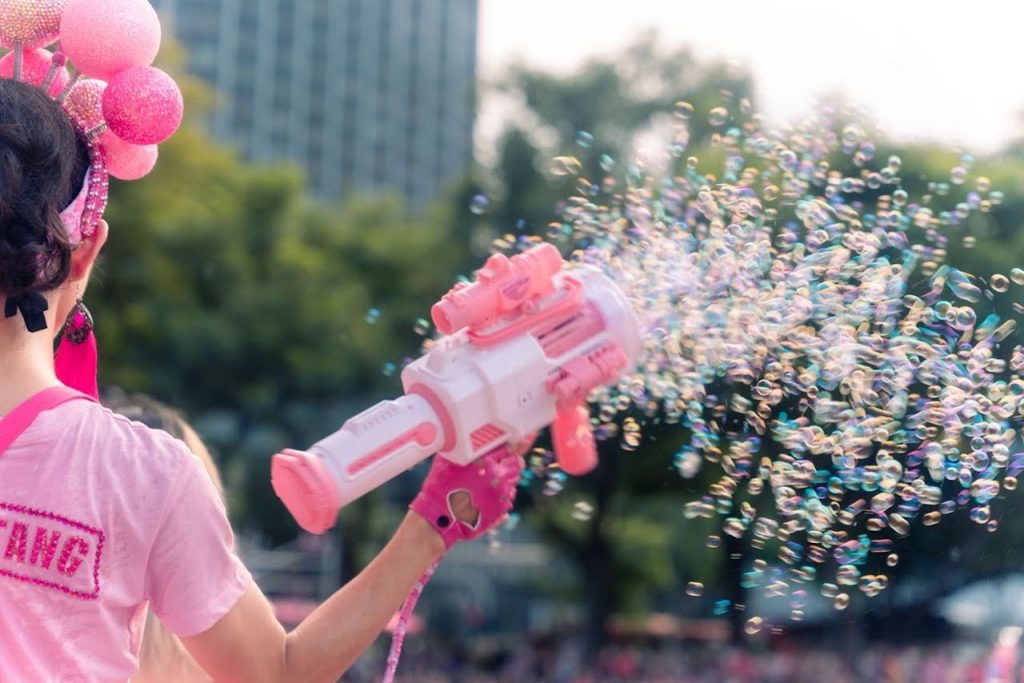
Sure, discussing topics like anal or oral sex in a school setting may seem jarring. But one can also ask: Isn’t the entire point of sex education to teach students about sex? The fact that it feels uncomfortable is the problem in the first place. How does learning about the importance of using a condom during vaginal sex help a young lesbian girl?
ADVERTISEMENT
Queer sex often carries its own set of risks that LGBTQ+ students in Singapore aren’t adequately informed about. They’re not given the relevant information on protective measures they desperately need to have safe sex. When schools shy away from queer safe sex practices, they’re leaving students vulnerable and at a loss.
Even when it comes to heterosexual students’ education, schools tend to fall short. Consent and using protection are all well and good but by no means sufficient in preparing students to have sex.
“They didn’t say a thing about Plan B or birth control pills. They never told us anything about guys’ genitals. The only time they showed it was when there was a disease forming up,” Sarah says.
Fear-mongering to scare students away from sex may help with promoting abstinence, but the lack of depth and nuance on such a complex topic leaves students clueless about the resources available to them when they may need them the most.
To nobody’s surprise, the portion of sex education that focuses on how students can maintain healthy romantic relationships is, of course, limited to heterosexual relationships only.
The greater level of sensitivity that queer relationships may require is not something students are made aware of. This makes the concept of a romantic relationship even more daunting for LGBTQ+ youths.
“There were multiple girls that I liked. But I was too scared because I don’t really know about sex ed in terms of girls with girls and guys with guys,” Sarah tells me. “I’m not educated on that, and that’s why I’m too scared to act upon it.”
Other students take matters into their own hands by educating themselves. Jennifer, a graduate of a Catholic girls’ school, mentions how students would be steered away from talking about topics like sex or queerness.
“Identifying as a lesbian at the time, I was concerned with the protective measures for having sex with another girl,” she says.
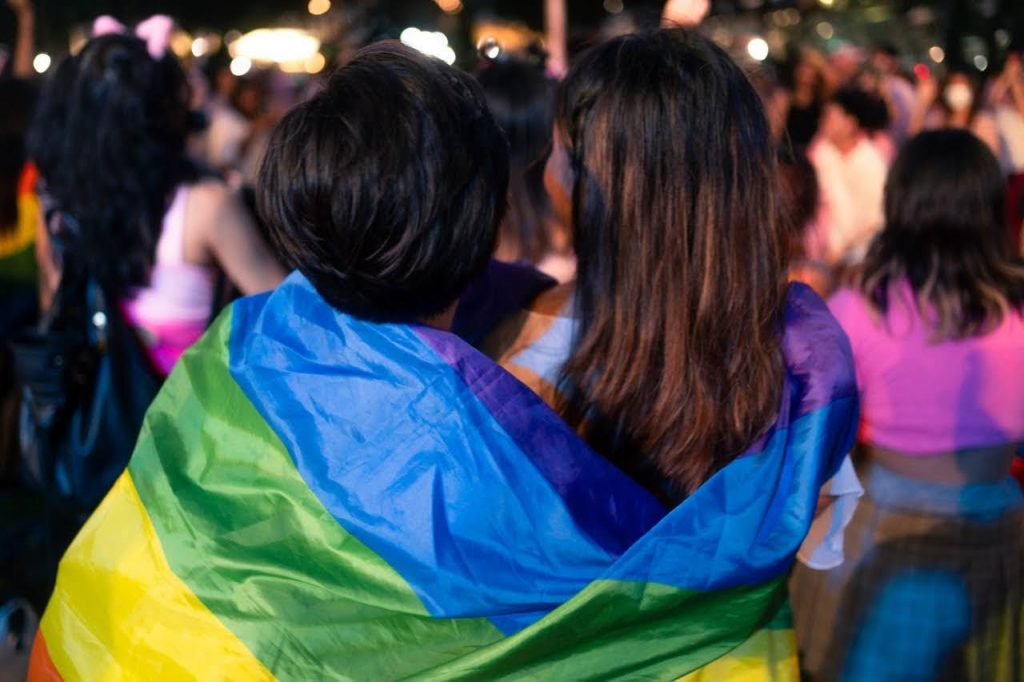
Not finding any answers in her sex education lessons, she took to the internet. After sifting through content like counselling and community spaces that mostly catered to gay men, she finally managed to find helpful material on practising safe lesbian sex.
“It was very disorienting because when you’re young searching for things on your own, especially when it comes to sex education, you have a very messed up view of what it should be like because you can’t discern for yourself.”
This is where schools can step in and guide queer students. Potentially inappropriate and misinformed online resources can cause more harm than good to curious students just trying to learn more about themselves.
But that’s the risk LGBTQ+ students have to take because their resources are so few and far between.
Religion VS Queerness
For some local schools where religion forms part of their values, faith was used as a medium for their anti-queer agenda. Jennifer shares how her school “subtly tried to push for a heteronormative school environment”.
This harmful conflation of anti-queerness and religious virtues like purity builds a sense of inner turmoil within students.
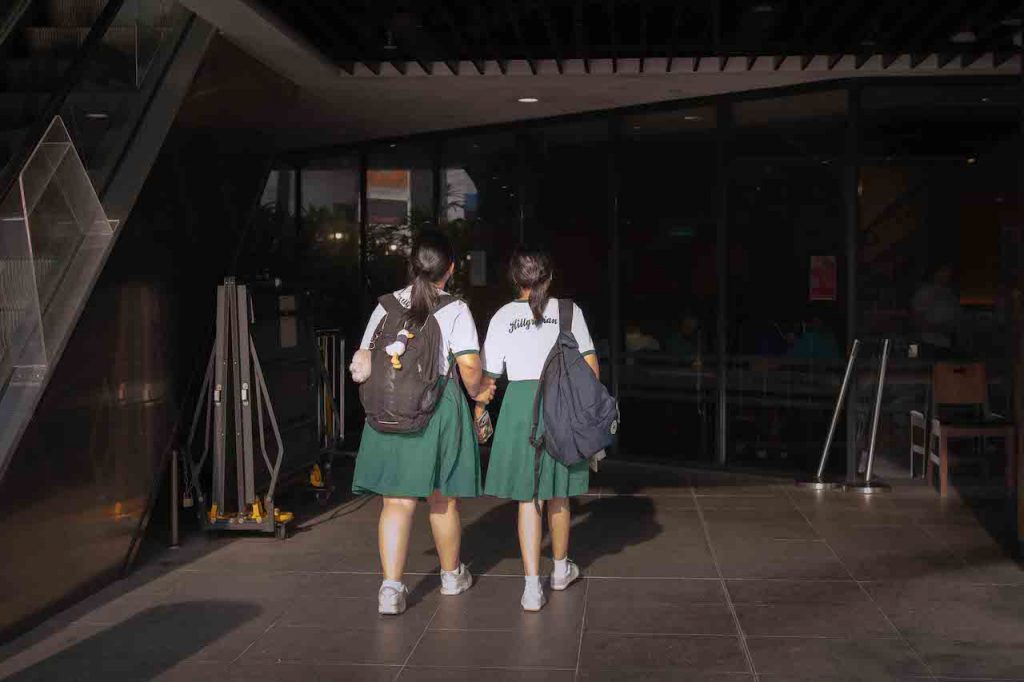
“It was very problematic because a lot of practising Catholic girls in school were also queer. It not only made us hate ourselves and who we were as queer people but also created a sense of hatred towards religion,” she recalls.
“They would tell us to keep praying and push us away from talking about queer issues.”
Teachers’ personal sociopolitical beliefs and values also sometimes enter the mix.
Elizabeth, a secondary school student, shared an incident where a teacher exclaimed, “Get that disgusting shit out of my classroom!” in response to two boys sharing a hug.
Elizabeth also recalls a time in secondary 2 when she started being more masculine presenting, a conservative teacher she was once close with suddenly began distancing herself from her.
The cards are already stacked up against queer students as it is. Many of them find solace in religion and comfort in caring teachers. When these safe havens begin to turn on them, who are queer kids supposed to turn to?

What Needs to Change?
After the repeal of Section 377A in 2022, the Ministry of Education (MOE) stated that nothing would change with regard to how students are educated in Singapore. The mission of promoting a heteronormative society would continue to be carried out in the interest of the values and norms “the majority of Singaporeans want to uphold”.
It carries the implication that the norms of Singapore society are decided solely by the citizenry. When it’s time to care for fellow Singaporeans who happen to be queer, it’s up to the people to decide if our values and norms are at stake.
Even if we consider that the majority of Singaporeans wish to stick to a heteronormative society and education, how can we justify the potential harm this causes to a significant population of young, LGBTQ+ Singaporean students? Majority wins, I suppose.
Sure, Section 377A has been repealed. But it doesn’t mean that our society has become an accepting one. The presence of inclusive practices does.
Ample research has shown that inclusive sexual health education is necessary for the healthy development of queer youth in particular. Aside from the basics of safety in personal health and relationships, inclusive sexual education validates their very existence. It shows queer students that they are normal and worthy of love the same way everyone else is.
A little validation goes a long way, and queer kids need it the most.


